Description
Molybdenum Disulfide: A Workhorse Catalyst for a Sustainable Future
Molybdenum disulfide (MoS2), a naturally occurring mineral with a layered structure resembling graphite, has emerged as a powerful and versatile catalyst across a wide range of chemical reactions. Once primarily known as a solid lubricant, advancements in nanotechnology and materials science have revealed its remarkable catalytic potential, making it a key player in the pursuit of a more sustainable and efficient future.
Understanding the Structure and Catalytic Power:
MoS2 possesses a fascinating structure consisting of layers of molybdenum atoms sandwiched between layers of sulfur atoms. These layers are weakly bound by van der Waals forces, allowing them to slide past each other, hence its use as a lubricant. However, it’s the edges and defects within the MoS2 structure that are crucial for its catalytic activity.
- Edge Sites as Active Centers: The edges of MoS2 layers are where the molybdenum and sulfur atoms are less coordinated, creating electronically unsaturated sites. These sites are highly reactive and act as active centers for catalytic reactions.
- Defect Engineering for Enhanced Performance: Introducing defects, such as sulfur vacancies, within the MoS2 lattice can further enhance its catalytic activity by creating more active sites and modifying its electronic properties.
Applications Across Diverse Industries:
The unique properties of MoS2 have propelled its application in numerous industries, particularly in areas related to energy and environmental sustainability:
- Hydrodesulfurization (HDS): MoS2 is a widely used catalyst in HDS, a vital process in the petroleum refining industry. It selectively removes sulfur compounds from crude oil, reducing sulfur dioxide emissions and contributing to cleaner fuels.
- Hydrogen Evolution Reaction (HER): With the increasing demand for clean energy, MoS2 is gaining traction as a cost-effective and earth-abundant electrocatalyst for HER. It efficiently splits water into hydrogen and oxygen, paving the way for hydrogen fuel cell technologies.
- CO2 Reduction: The ability of MoS2 to catalyze the conversion of carbon dioxide (CO2) into valuable chemicals like methanol and methane holds great promise for mitigating greenhouse gas emissions and creating a circular carbon economy.
- Organic Reactions: Beyond energy-related applications, MoS2 also exhibits catalytic activity in various organic reactions, including oxidation, reduction, and polymerization. Its high surface area and tunable electronic properties make it a promising catalyst for the synthesis of fine chemicals and pharmaceuticals.
Nanotechnology’s Role in Optimizing MoS2 Catalysts:
Nanotechnology plays a crucial role in tailoring the properties of MoS2 to maximize its catalytic performance.
- Nanostructuring: Synthesizing MoS2 in the form of nanoparticles, nanosheets, or nanotubes increases its surface area, exposing more active edge sites and enhancing catalytic activity.
- Doping and Functionalization: Introducing dopants (e.g., metals or non-metals) into the MoS2 lattice or functionalizing its surface with organic molecules can further tune its electronic properties and selectivity towards specific reactions.
- Supporting Materials: Depositing MoS2 on high-surface-area support materials like graphene or carbon nanotubes can improve its dispersion, stability, and accessibility to reactants.
Challenges and Future Directions:
Despite its immense potential, MoS2 catalyst development faces certain challenges:
- Inherent Inertness of Basal Planes: The basal planes of MoS2 are generally inert, limiting the overall activity of the catalyst. Strategies to activate these planes, such as creating defects or introducing strain, are being explored.
- Selectivity Control: Achieving high selectivity towards desired products in complex reactions remains a challenge. Precise control over the catalyst’s active sites and reaction conditions is crucial.
- Long-Term Stability: Maintaining the long-term stability and activity of MoS2 catalysts under harsh reaction conditions (e.g., high temperature, pressure) is essential for industrial applications.
Future research directions will focus on:
- Developing novel synthesis methods to produce MoS2 with controlled size, shape, and defect density.
- Exploring new doping and functionalization strategies to tailor its electronic properties and catalytic activity.
- Investigating the fundamental mechanisms of MoS2-catalyzed reactions to optimize performance and selectivity.
- Designing cost-effective and scalable processes for large-scale production of MoS2 catalysts.
Conclusion:
Molybdenum disulfide has emerged as a powerful and versatile catalyst with significant implications for energy, environmental, and chemical industries. Its unique layered structure, tunable electronic properties, and ability to catalyze a wide range of reactions make it a promising material for addressing global challenges related to sustainable energy and environmental protection. As nanotechnology continues to advance, we can expect even more innovative applications of MoS2 catalysts in the years to come, contributing to a cleaner, more efficient, and sustainable future.




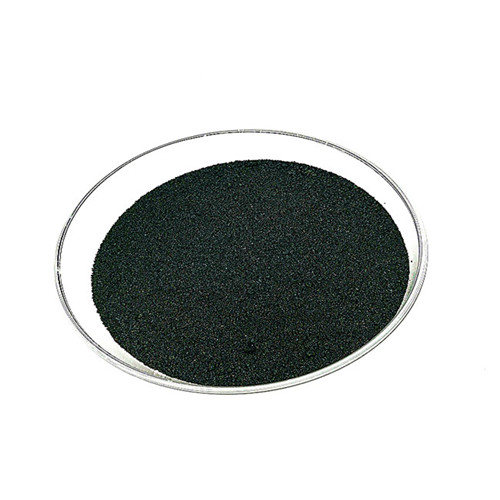

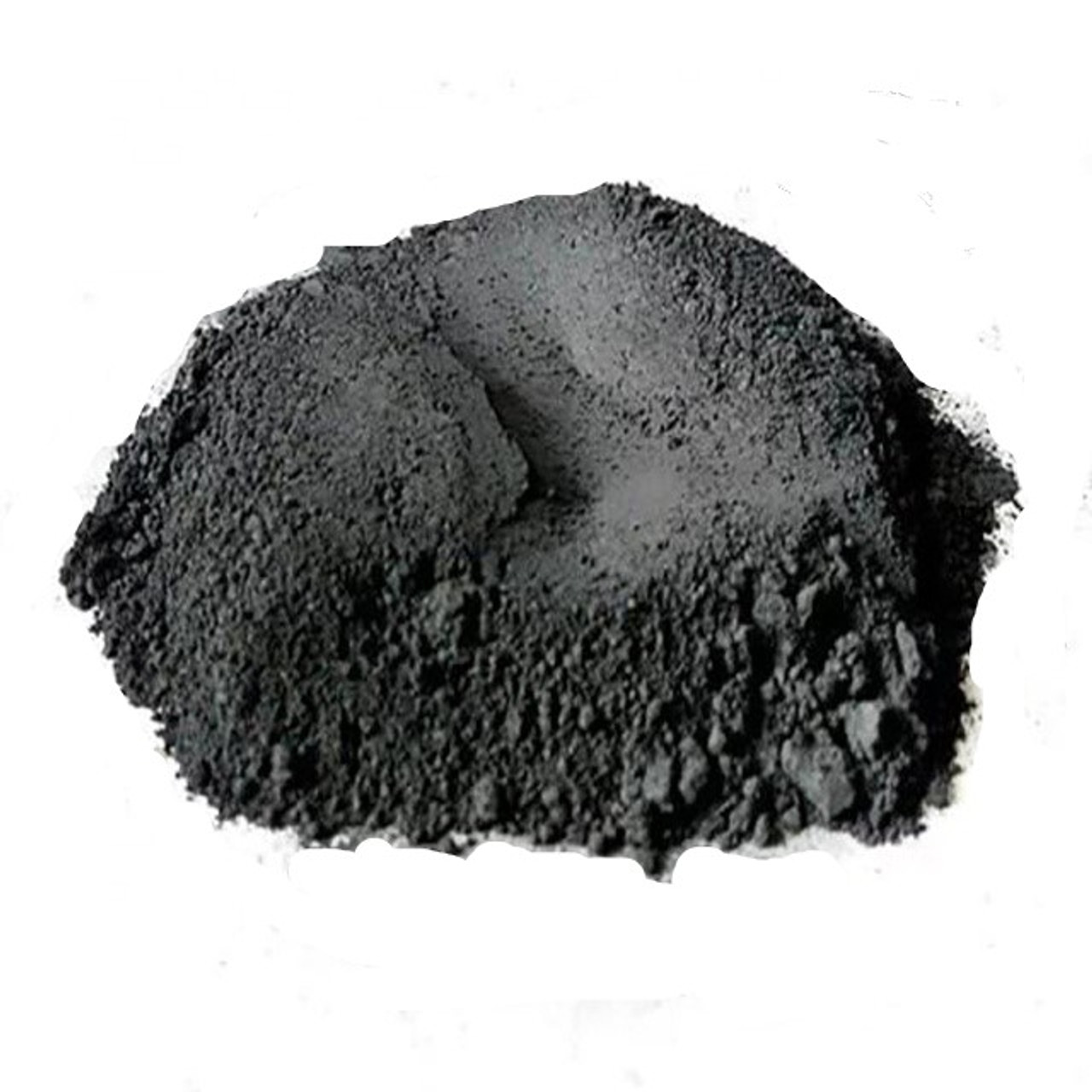
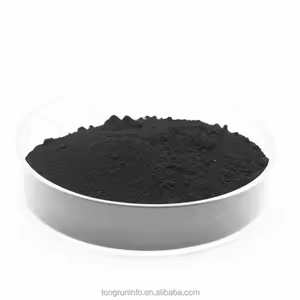
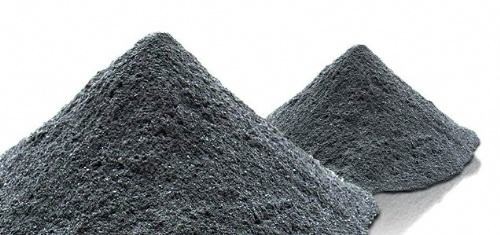


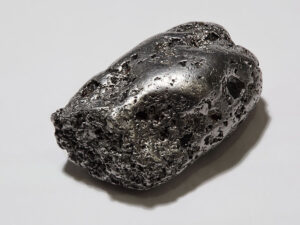

Reviews
There are no reviews yet.